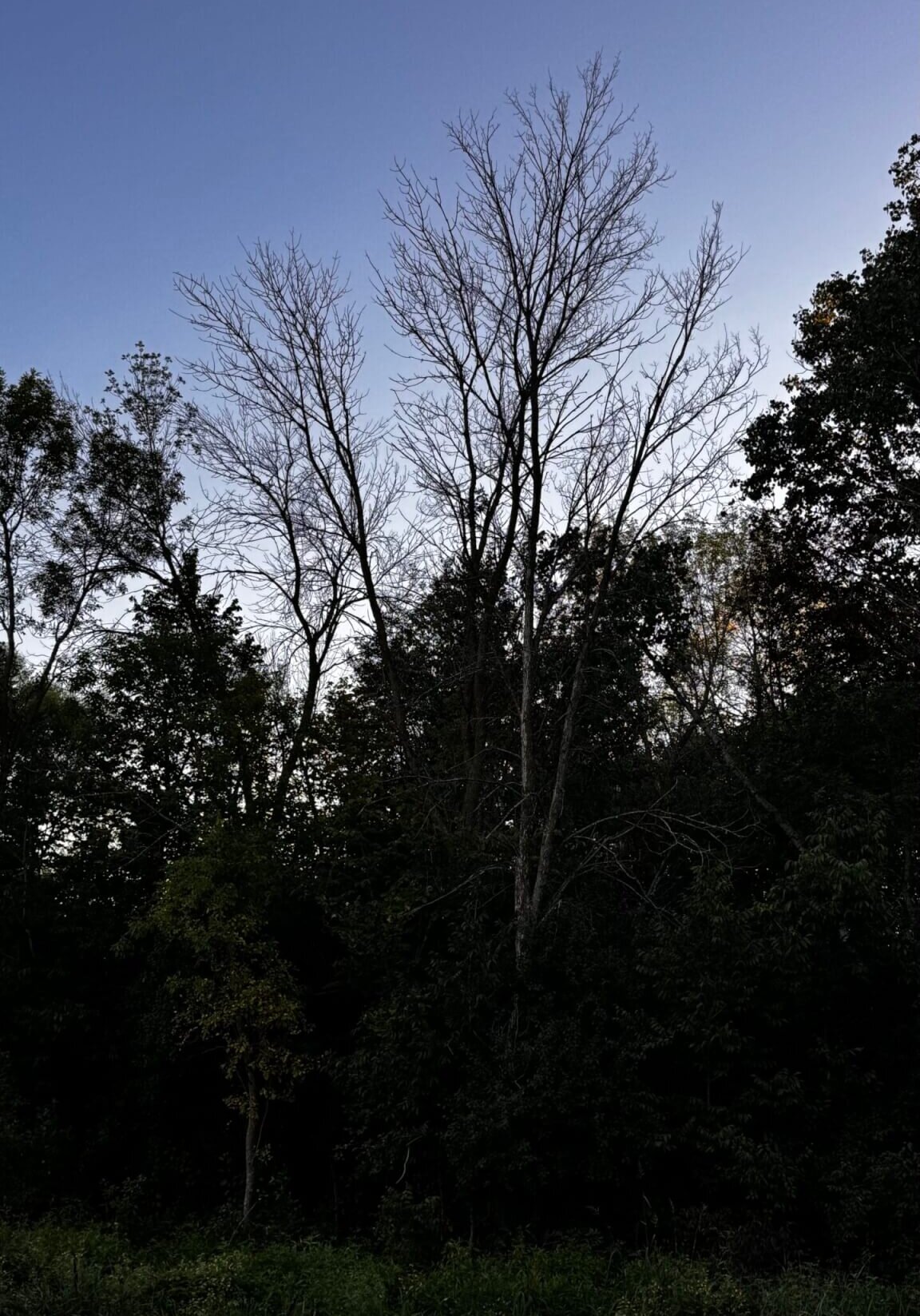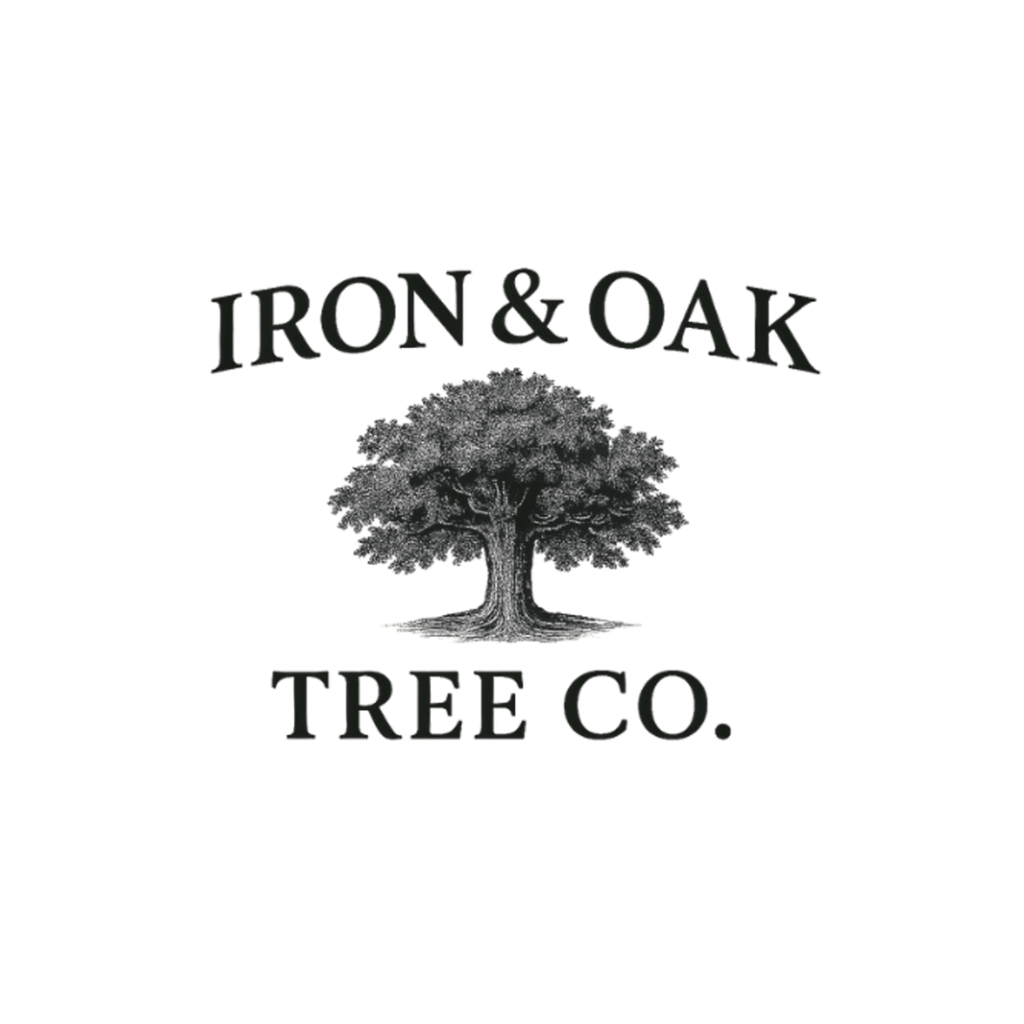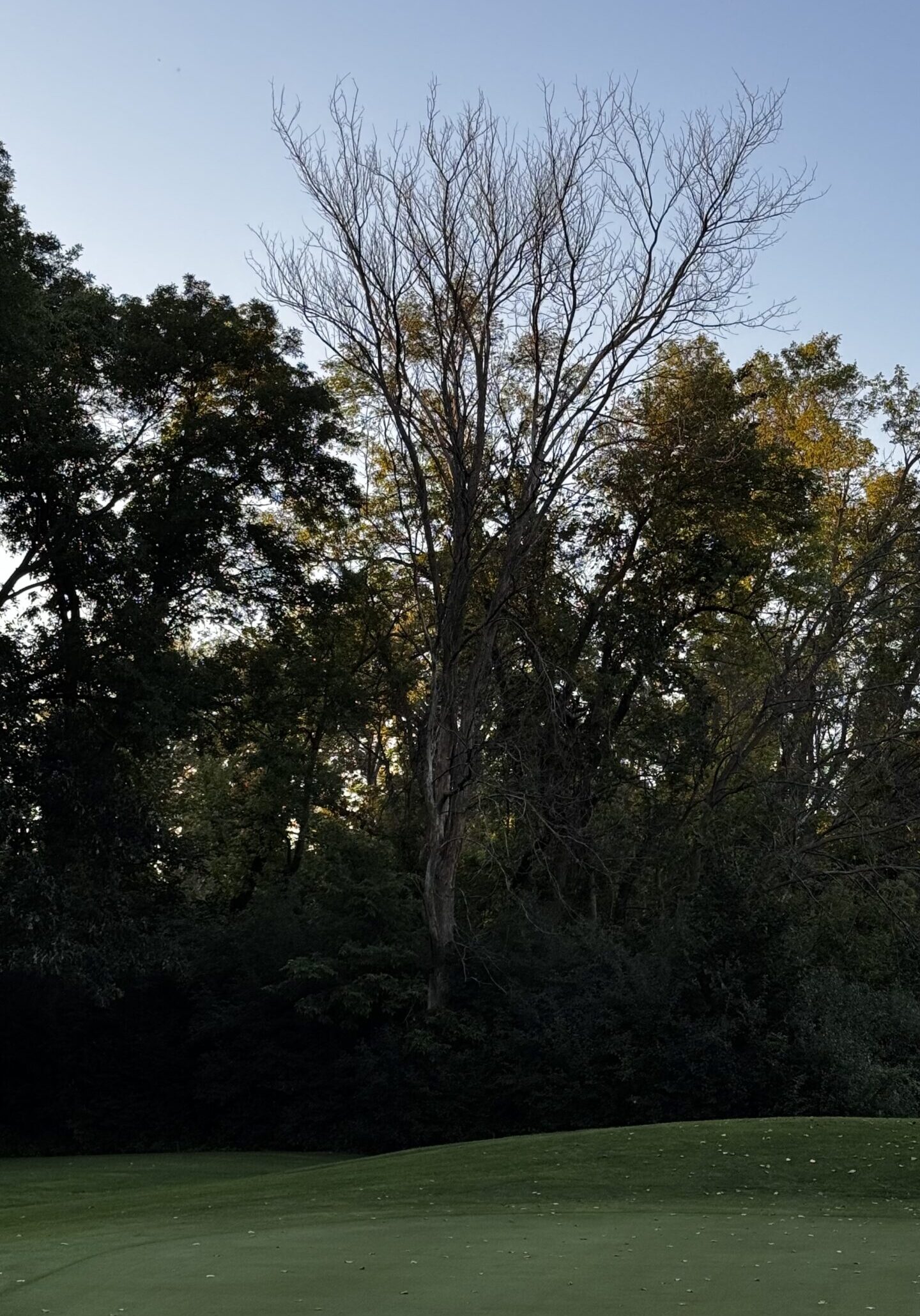How to Tell If a Tree is Dangerous: A Homeowner’s Guide
Trees bring beauty, shade, and value to your property. But sometimes, what looks like a healthy tree can be hiding serious risks. A dangerous tree can fall without warning—causing damage to your home, vehicles, or worse, injuring people. As professional arborists at Iron and Oak, we want to help homeowners understand the warning signs so you can protect your property and your loved ones.
In this article, we’ll walk through the key indicators of a hazardous tree, why they happen, and when you should call in a professional for a tree inspection.

Why Recognizing a Dangerous Tree Matters
Falling trees and limbs cause millions of dollars in property damage every year. In Minnesota, where severe storms, high winds, and heavy snow are common, the risks are even greater. A tree that looks stable might already be structurally compromised.
The good news? Many warning signs are visible if you know what to look for. Catching problems early can mean the difference between a safe, thriving tree—or an emergency removal after a storm.
7 Warning Signs Your Tree May Be Dangerous
1. Cracks or Splits in the Trunk
A healthy tree should have a solid, continuous trunk. Large vertical cracks or splits indicate that the tree’s structural integrity is compromised. These cracks can worsen in storms, eventually leading to failure.
2. Dead or Falling Branches
If your tree is shedding branches—even on calm days—that’s a red flag. Dead branches often mean the tree is under stress or disease is spreading. Large, dead limbs hanging overhead are especially dangerous.
3. Leaning Trees
Not all leaning trees are dangerous, but a tree that suddenly starts leaning—or leans more after heavy rain—may have unstable roots. This is a common precursor to complete tree failure.
4. Root Damage or Decay
Roots are the anchor of any tree. If you see mushrooms, fungi, or soft spots near the base, the roots may be decaying. Construction, soil compaction, or trenching can also damage roots, leaving the tree unstable.
5. Cavities or Hollow Spots
Hollow trunks or large cavities are signs of internal decay. While some trees can survive with hollow sections, the larger the cavity, the greater the risk of collapse.
6. Excessive Deadwood in the Canopy
If more than 30% of the canopy appears dead, the tree is likely declining. Deadwood also increases the chance of branches falling during storms.
7. Signs of Disease or Pests
Discolored leaves, unusual growths, or insect infestations may signal that the tree is sick. Diseases like Dutch Elm Disease or pests like Emerald Ash Borer can weaken a tree to the point of failure.
👉 Learn more about tree diseases in Minnesota from the University of Minnesota Extension.
When to Call a Professional Arborist
If you notice any of these signs, don’t wait until it’s too late. Professional arborists like our team at Iron and Oak can perform a hazard tree assessment to determine whether the tree can be saved through pruning or bracing—or if it needs to be safely removed.
-
Tree Trimming and Pruning Services – Reduce risks by removing hazardous branches.
-
Cabling and Bracing – Stabilize weak branches or trunks.
-
Tree Removal Services – Safe removal when risks outweigh benefits.
How to Stay Proactive with Tree Safety
-
Schedule annual inspections – A certified arborist can catch small issues before they become major risks.
-
Keep up with pruning – Removing weak or dead branches keeps trees healthier and safer.
-
After storms, check your trees – High winds, ice, and heavy snow often expose weaknesses.
-
Address issues early – A leaning or cracked tree may look stable but can fail without warning.
Final Thoughts
A dangerous tree isn’t always obvious—but the consequences of ignoring the warning signs can be devastating. By learning what to look for and partnering with a professional arborist, you’ll protect your property, family, and neighborhood.
At Iron and Oak, we specialize in identifying and managing hazardous trees across Minnesota. Whether you need a full inspection, emergency tree removal, or preventative care, our experienced team is here to help.
📞 Contact us today for an estimate on tree care services and keep your property safe year-round.
Get A Tree Service Quote
Now Offering Financing On Jobs Over $5,000
At Iron & Oak, we understand that large tree removal projects can be a significant, unexpected expense — but putting them off can lead to even bigger problems for your property and safety. That’s why we offer flexible financing options, making it easier for homeowners to tackle those large, hazardous trees without breaking the bank. Our goal is to help you protect your home, yard, and peace of mind while spreading the cost into manageable payments. With Iron & Oak financing, you can get the work done now, before storms or decay make the situation worse, and pay over time in a way that fits your budget.
**For Qualified Buyers - All applicants must fill out an application and will be approved by management.


